Understanding Color Psychology in Interior Design
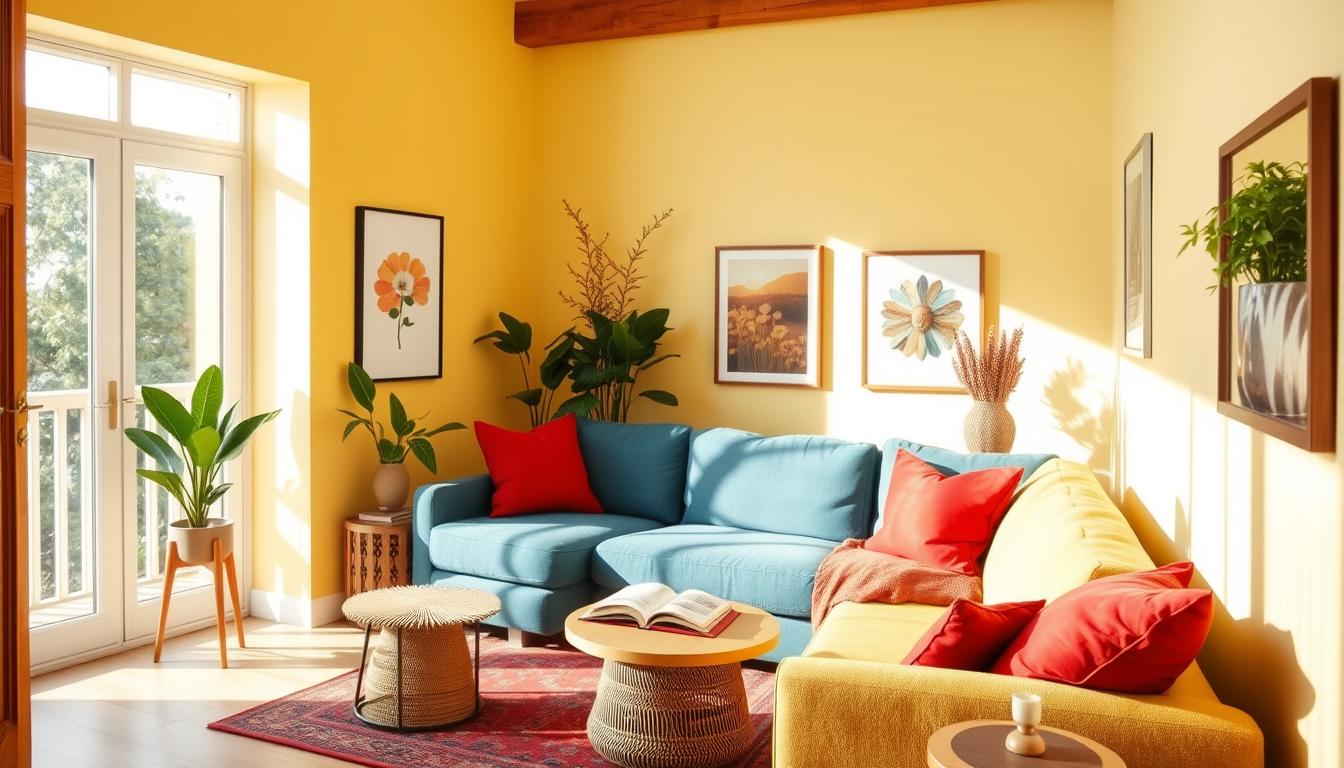
In interior design, color psychology is key. It helps designers and homeowners create spaces that look good and feel right. Colors can change how we feel and the vibe of a room.
Every color has its own emotional effect. Knowing this lets us design spaces that show who we are. It’s about creating a place that feels like home and is full of harmony.
The Basics of Color Psychology
Understanding color psychology is key for making smart design choices. Colors deeply affect our emotions and actions. This part looks at how colors shape our feelings, perceptions, and meanings across cultures.
The Emotional Impact of Colors
Every color brings its own set of emotions and moods. Warm colors like red and orange boost excitement and energy. Cool colors, such as blue and green, bring calmness and peace. Knowing this helps designers create spaces that improve our mood and work.
How Colors Influence Perception
How we see our world is shaped by color perception. Light colors make small spaces feel bigger and welcoming. Darker shades, however, can make areas cozy and intimate. Using color wisely can change a room’s feel.
Significance of Color Association
Color meanings change a lot between cultures, showing the need for context. In the West, white means purity and innocence. But in some Eastern cultures, it’s a sign of mourning. Designers must think about these meanings to connect with their audience.
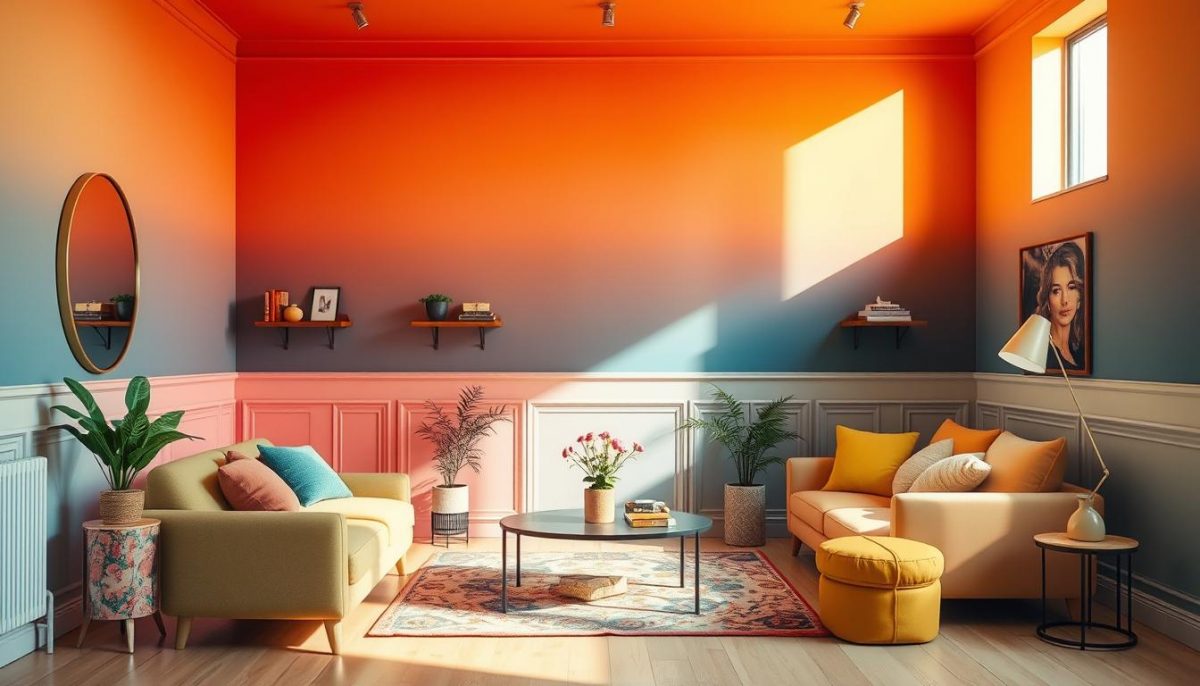
Practical Applications of Color in Interior Design
Learning to use color well in homes can change how a space feels and works. When picking colors for rooms, choose ones that match the room’s purpose. Soft blues and greens are great for bedrooms, making them calm and restful. On the other hand, kitchens and dining areas do well with bright colors like yellows and oranges, which make gatherings lively.
Choosing Colors for Different Rooms
Every room has its own needs, and color can greatly affect these. Living rooms benefit from neutral colors, which welcome guests and let personal touches shine. Home offices, however, can use darker shades like navy or charcoal to help focus and be productive. When picking colors, think about how they make you feel in the space.
Combining Colors Effectively
Combining colors right is key to a beautiful and unified space. Using complementary colors can make a room pop with contrast. Analogous colors, on the other hand, create a calm and harmonious feel. Remember the room’s light and furniture when mixing colors. A good mix not only looks great but also adds to the room’s personality.
Author
Related posts

New Zealand Gambling Regulation 2025
As online and land-based gambling continue to evolve, New Zealand’s regulatory framework in 2025 is more important than ever. From player safety...
Read out all
Incorporating Vintage Decor: Timeless Design Elements
Looking to make your home truly yours? Vintage decor is a great way to mix old charm with new style. It brings...
Read out all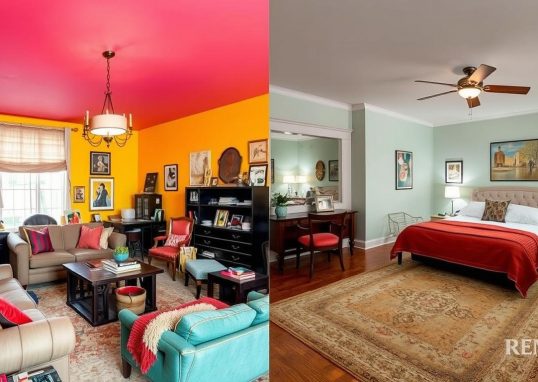
Common Interior Design Mistakes and How to Avoid Them
Creating a beautiful and functional living space is key. Many homeowners fall into traps that harm their home’s look and feel. This...
Read out all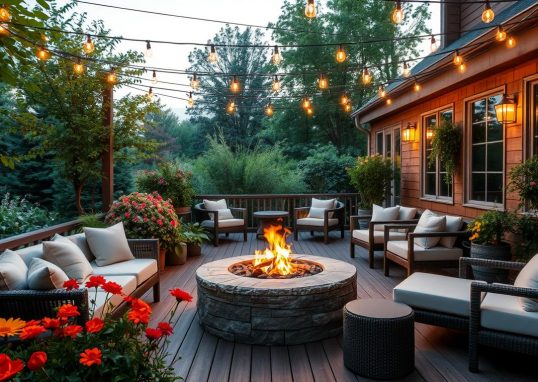
Designing Outdoor Spaces: Bringing the Indoors Out
In today’s world, we’re changing how we design outdoor spaces. Patios and gardens are becoming like extensions of our homes. Homeowners want...
Read out all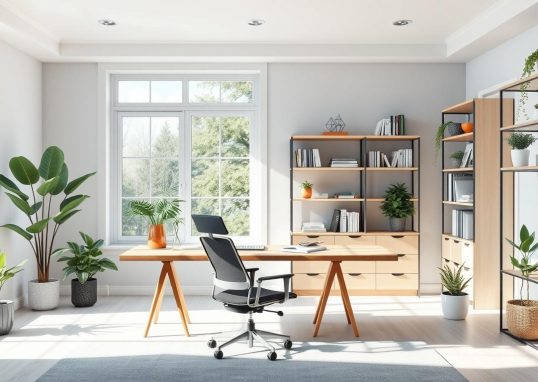
Creating a Productive Home Office Environment
Remote work has become more common since the pandemic. Many people now need a productive home office. This space should boost work...
Read out all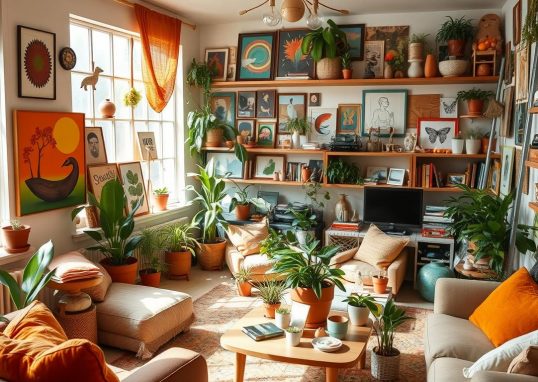
Adding a Personal Touch: How to Make Your Space Unique
Making your home unique is more than just looks. It’s about adding your personality to every part of it. Personalizing your space...
Read out all